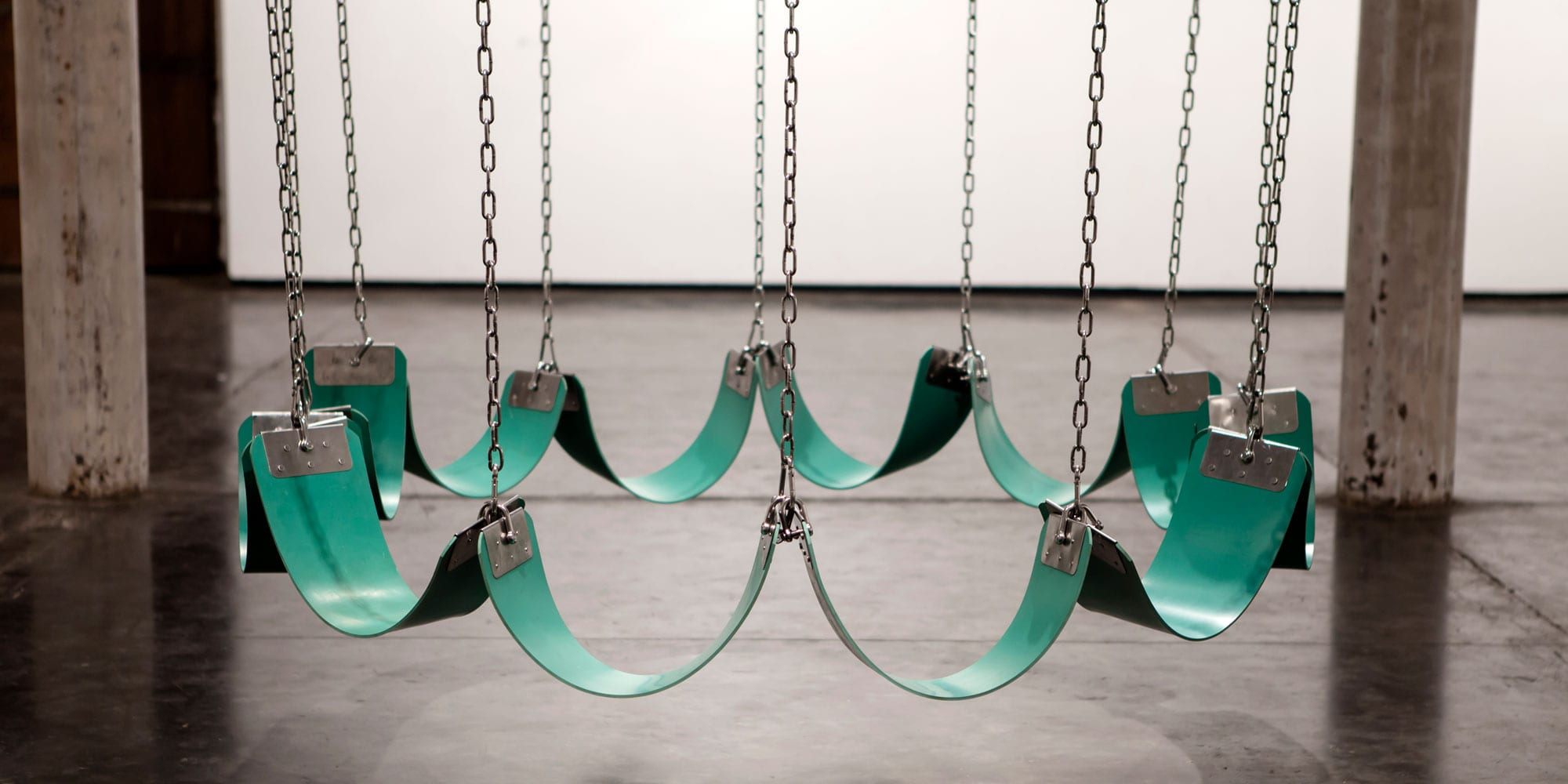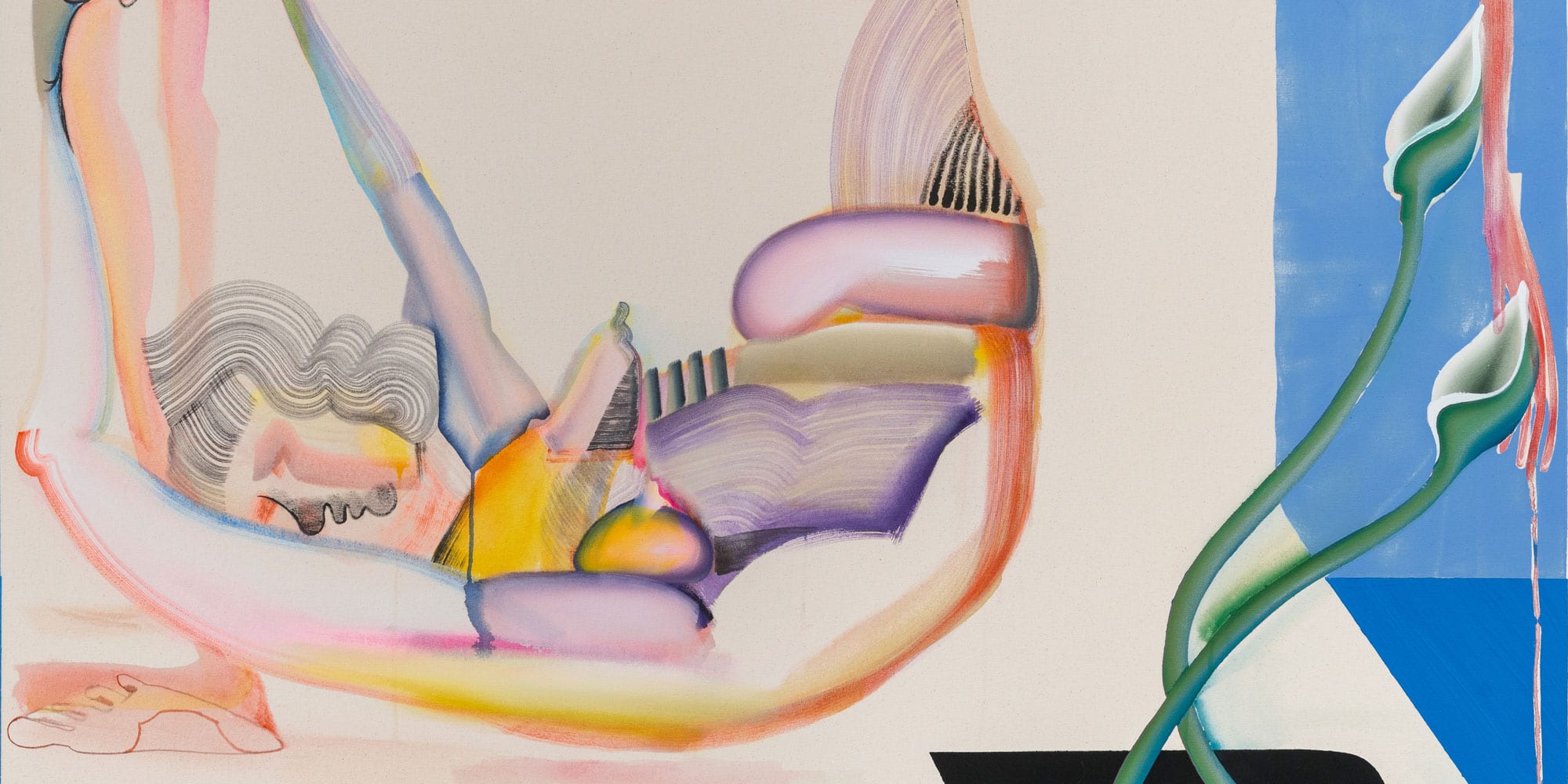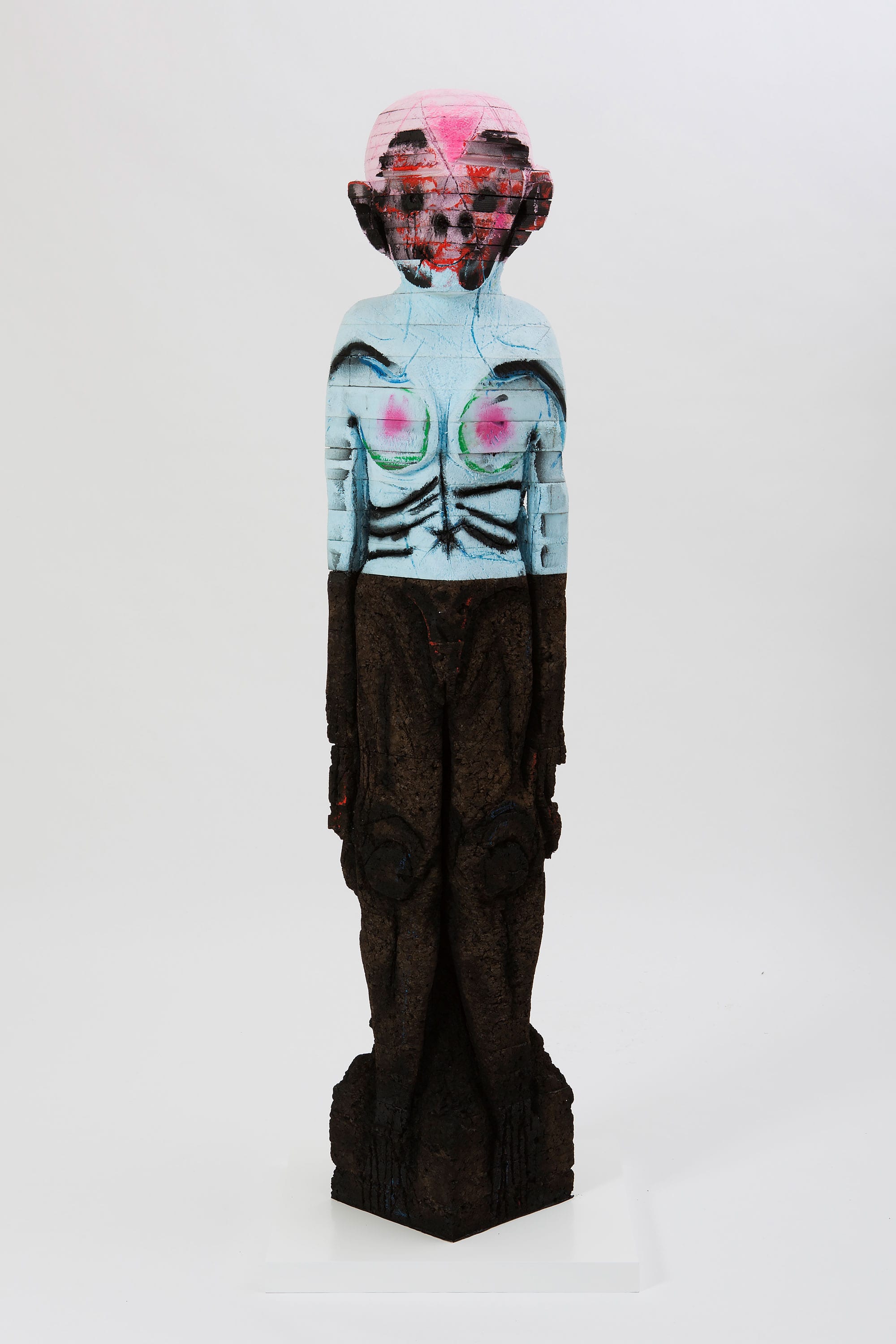Art Dubai spoke to Bangladesh-based art collectors Rajeeb and Nadia Samdani about their support of and passion for Bangladeshi art as well as their plans for Srihatta – Samdani Art Centre and Sculpture Park.
20/11/2018
Art Dubai spoke to Bangladesh-based art collectors Rajeeb and Nadia Samdani about their support of and passion for Bangladeshi art as well as their plans for Srihatta – Samdani Art Centre and Sculpture Park.

Swing for Friends (2017) by Neha Choksi and Rachelle Rojany. Photo credit: Neha Choksi.
The impact that you have made on the contemporary art scene in Bangladesh is unparalleled. Is there one particular achievement that you are most proud of?
We began our foundation in 2011 because we saw artists from Bangladesh were not benefiting from the opportunities provided by the international art world despite their immense talent. We knew that there were only so many artists we could send abroad – and it was better to instead create a platform where interested professionals and the local public could come together to learn about the talented artists of Bangladesh within our local context, but also within the wider region and world. We were so proud when the winner of the 2014 Samdani Art Award, Ayesha Sultana, became the first female emerging artist from Bangladesh to be acquired by Tate. Ayesha Sultana is really a home-grown talent and it has been so rewarding to see her grow from strength to strength and we can’t wait to see what she develops as her first large-scale outdoor commission at Srihatta.
In terms of the Dhaka Art Summit, why was it essential to keep the platform not for profit?
Creativity in its truest sense is not driven by money. We wanted to create something priceless – where money was not part of the conversation about art and we could learn from each other and talk about inventing new paradigms outside of the market– which is also important in a place like Bangladesh.

Slipped, Right to the Side (2018) by Christina Quarles.
In 2017, you unveiled plans for Srihatta—Samdani Art Centre and Sculpture Park. Is it your intention that this functions as a contemporary art museum for Bangladesh?
Yes, but we want it to be more than a museum and for that reason we are not calling it a museum – we are calling it an art centre and it will be led by our Artistic Director Diana Campbell Betancourt. We are taking the skills and energy we learned and earned from Dhaka Art Summit and transforming this into something that is open every day – rather than popping up every two years. Most museums do not have residencies in the center of their space – we do and this is because artists are at the heart of what we do and this is a place for their imaginations to run wild within the rural landscape of Bangladesh. Nature is a constantly changing force – and while museums have to keep conditions where art can last for hundreds of years – we are a process-based organization where ideas and outcomes can dynamically change and each time you visit the experience will be different. Of course we will also have galleries to exhibit our collection with the conditions to do so, but this is just one part of a much bigger and exciting experiment. You will see things at Srihatta that you cannot see anywhere else in the world.

Cowboys and Angels (2018) by Huma Bhabha
There is also a heavy emphasis on international exhibitions and platforms in your annual programming. Presumably, this underlines a key priority for the Samdani Art Foundation towards giving Bangladeshi artists a larger platform. How successful do you believe you have been in recent years towards changing perceptions about art from your native country?
We never imagined that every month we would have an invitation to travel somewhere that is meaningfully engaging with Bangladeshi art, and we have visiting curators contacting us all the time – Bangladesh has become a “must visit” location for anyone working with South Asia and this was not the case when we started the foundation. This is due to the talent of the artists who live and work here – and we are proud to have brought their talent to wider attention.
At this stage in the evolution of your lives as art collectors, patrons and entrepreneurs, what takes your priority? Are you focused more on building the collection or on the educational and programming side?
We are collectors who support a team of professionals based in Dhaka and around the world led by Diana Campbell Betancourt, who work on our programing and education which give new meaning to our collection and make it accessible to wide local and international audiences. We are passionate about learning and whether it is through our businesses, collection, or other philanthropic ventures what we learn in each of these endeavors inspires the others – so the importance is to find a balance between all of these activities. It’s a wonderful feeling to see our colleagues from Golden Harvest working on and enjoying Dhaka Art Summit in the lead up to the event – as we suddenly have hundreds of people who might have never worked with art getting excited about bringing DAS curators and artists’ ideas to life.
Having been named on several “power lists” as two of the world’s most influential collectors, do you feel pride at how much you have managed to achieve in a short time?
Of course, and we share this pride with our team and family of friends of artists who trusted us so early on. We have so much more that we want to achieve and this encouragement is energizing in the face of the tremendous work we have ahead of us in the next 15 months to realize our 5th Dhaka Art Summit and open Srihatta.
Where are your sights set upon next and what is your ultimate goal for the foundation?
Srihatta is a massive undertaking as it will be our first permanent space dedicated to art and architecture. We hope that with this infrastructure and the opportunities that come with it we can support our generation of artists and architects (those within 10 years of us) and the ones that follow to create meaningful work that will one day be a part of art history. Samdani Art Foundation is working on expanding our art historical programming to help a new generation of art historians consider Bangladesh comparatively with other contexts in the “Global South” – breaking the need to justify our art history by contextualizing it within western paradigms.
Lastly, what would be your best piece of advice to a prospective new art collector; how should someone start a new collection?
Be excited by what you don’t know, and collect artists from your generation in depth.
And one final question – do you have a favorite Art Dubai Portrait?